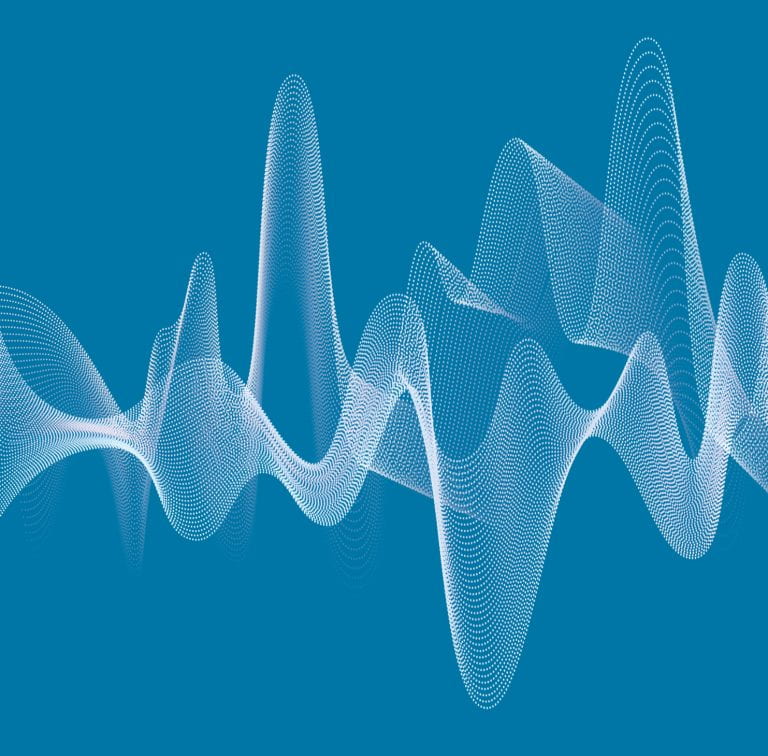Detecting free radicals with light and sound
The technique developed by NTU scientists is a non-invasive method to monitor free radicals in tissues.

Generated as by-products of biochemical processes in the body, free radicals such as reactive oxygen species (ROS) and reactive nitrogen species (RNS) are produced at higher concentrations in diseased tissues. A research team from NTU and China has now developed a technique to measure the concentrations of free radicals in body tissues, which could be useful for diagnosing infections and cancers.
Called multispectral optoacoustic tomography (MSOT), the technique developed by Prof Xing Bengang of NTU’s School of Physical and Mathematical Sciences uses light and sound to noninvasively monitor faint traces of ROS and RNS molecules in real time.
In mice studies, nanoparticles injected into the bloodstream are bound by ROS and RNS. Under near-infrared light, the nanoparticles emit ultrasonic waves at specific frequencies, which can be detected by MSOT to precisely determine the local concentrations of the free radicals.
This “dual-channel” technique could provide new insights into disease mechanisms, facilitate drug development and efficacy monitoring, and support imaging-guided theranostics approaches, the researchers say.














/enri-thumbnails/careeropportunities1f0caf1c-a12d-479c-be7c-3c04e085c617.tmb-mega-menu.jpg?Culture=en&sfvrsn=d7261e3b_1)

/cradle-thumbnails/research-capabilities1516d0ba63aa44f0b4ee77a8c05263b2.tmb-mega-menu.jpg?Culture=en&sfvrsn=1bc94f8_1)

7e6fdc03-9018-4d08-9a98-8a21acbc37ba.tmb-mega-menu.jpg?Culture=en&sfvrsn=7deaf618_1)


5872e661-3cf5-41b6-abee-8d297a83209c.tmb-listing.jpg?Culture=en&sfvrsn=61d1c8d7_1)



.tmb-listing.jpg?Culture=en&sfvrsn=414f0d90_1)